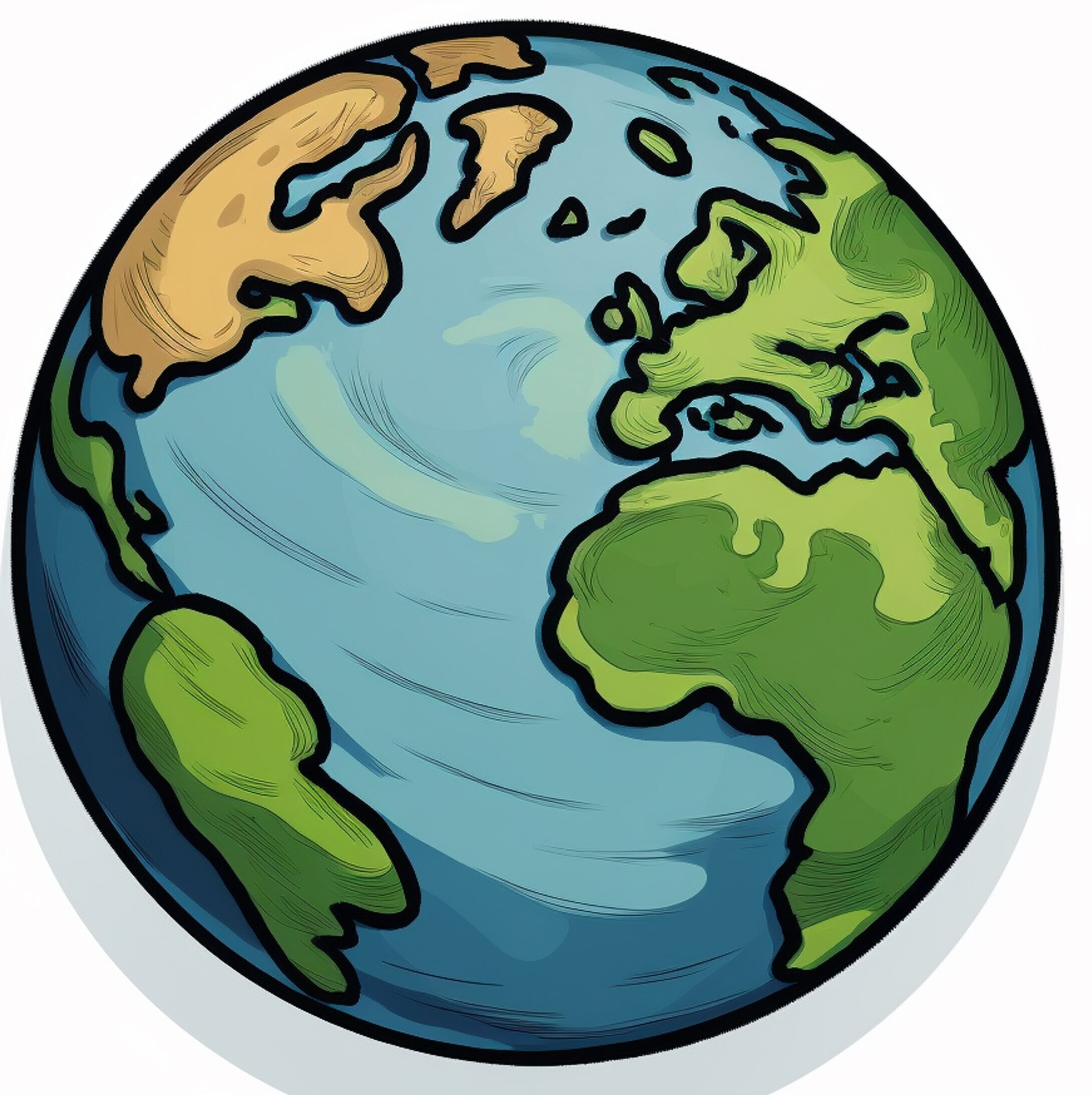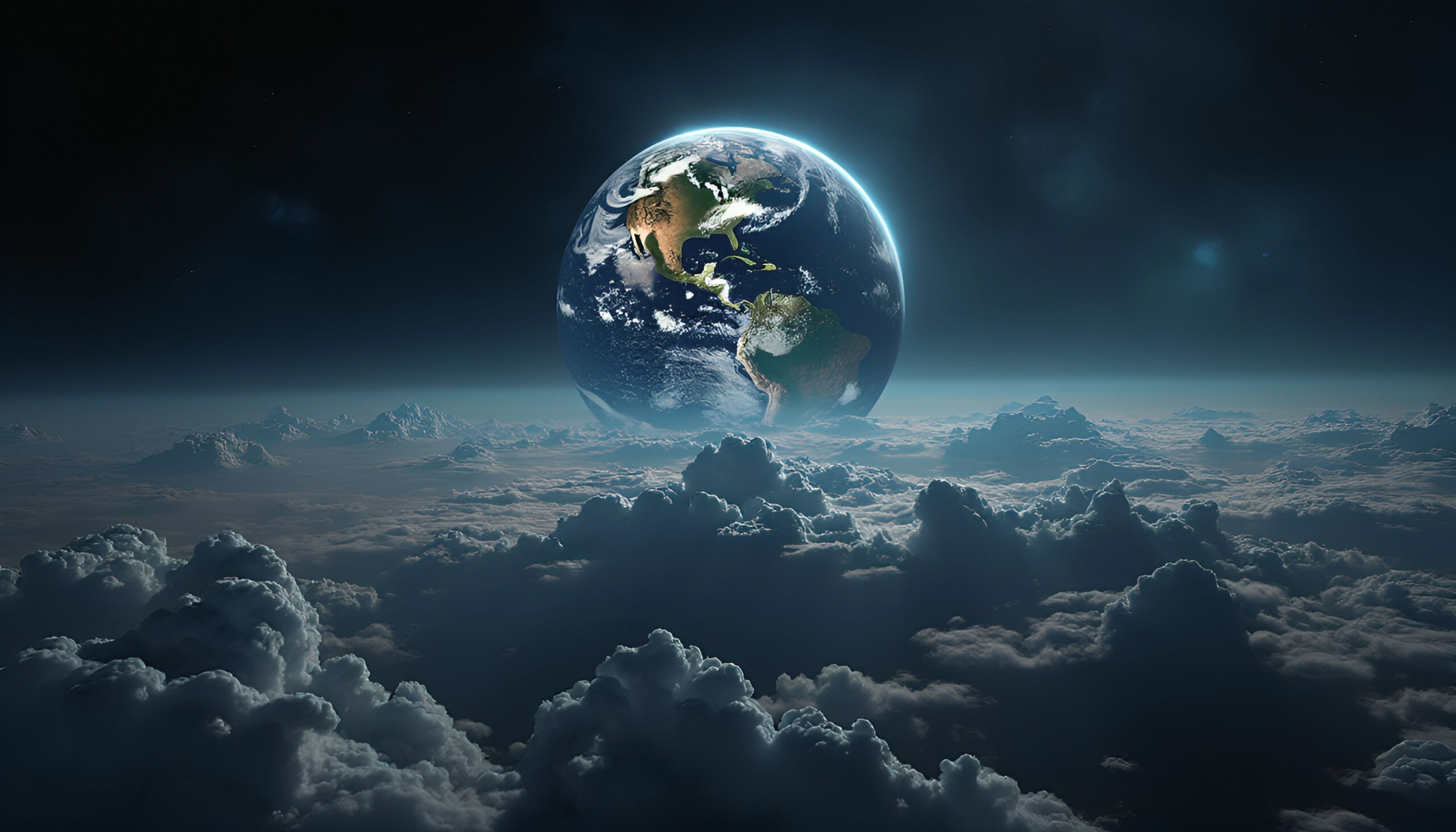Introduction
Earth, our home in the vast universe, is a planet full of life and wonder. What makes Earth so special is not just its ability to support life, but also the physical features that shape its surface and environment. These features include landforms, bodies of water, the atmosphere, and its internal layers—all working together to create a balanced and dynamic planet.
1.Landforms: The Face of the Earth
Land covers less than a third of Earth’s surface, but it is incredibly diverse. From towering mountains like the Himalayas to wide-open plains and dry deserts like the Sahara, Earth’s landforms shape the way people live and interact with the environment. Valleys, plateaus, and hills also play a part in defining regional geography. These landforms are not just beautiful—they provide essential resources like minerals, forests, and soil for agriculture.
2.Water Bodies: The Planet’s Lifeblood
Over 70% of Earth’s surface is covered by water. Oceans, seas, rivers, lakes, and glaciers form an interconnected water system that supports life on every continent. The oceans help regulate global temperature, while rivers and lakes provide fresh water for drinking, farming, and industry. Glaciers and ice caps, mostly found in the polar regions, store the majority of Earth’s fresh water and affect sea levels and weather patterns.
3.The Atmosphere: Earth’s Protective Shield
Surrounding the Earth is a thin but vital layer of gases known as the atmosphere. It consists mainly of nitrogen and oxygen, with smaller amounts of other gases like carbon dioxide and argon. The atmosphere controls the planet’s temperature, filters harmful solar radiation, and makes weather and climate systems possible. Without it, life as we know it could not exist.
4.Earth’s Inner Structure
Beneath the surface, Earth is made up of three main layers: the crust, mantle, and core. The crust is the outermost layer where we live, while the mantle beneath is made of semi-solid rock that slowly moves over time. The core, divided into outer liquid and inner solid parts, is extremely hot and generates Earth’s magnetic field. The movement of these layers causes earthquakes, volcanic eruptions, and the drifting of continents.

